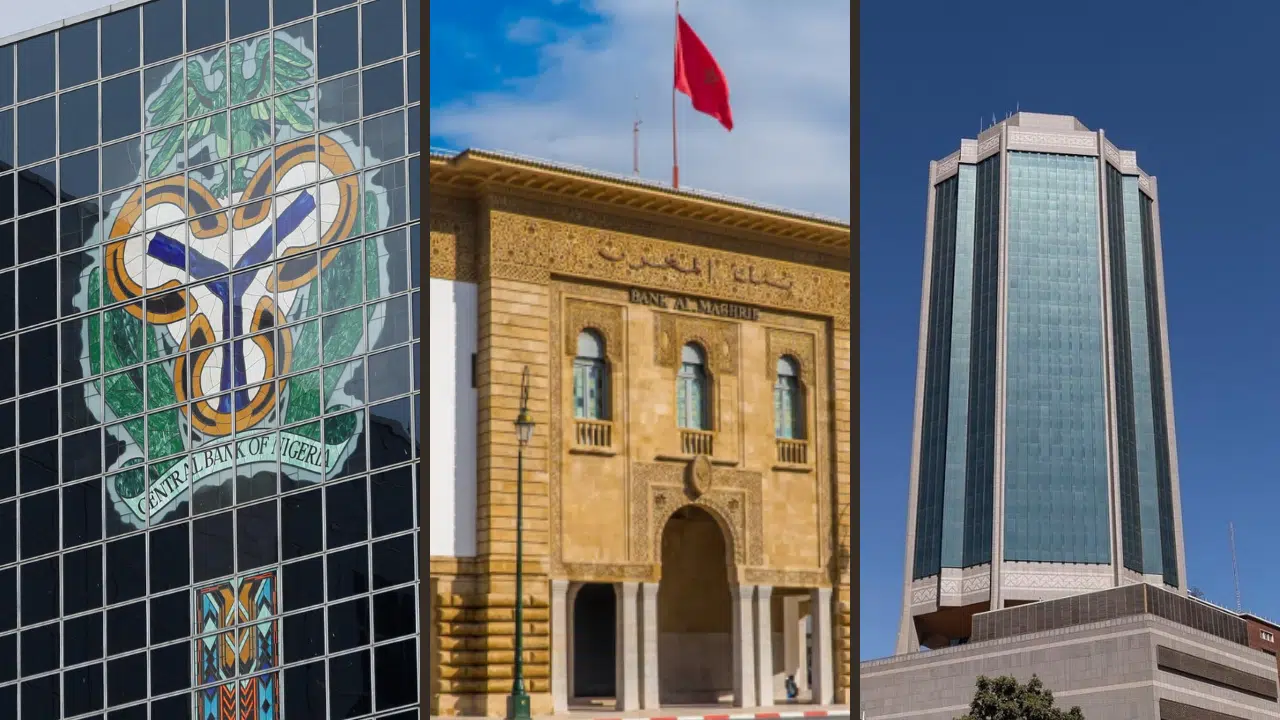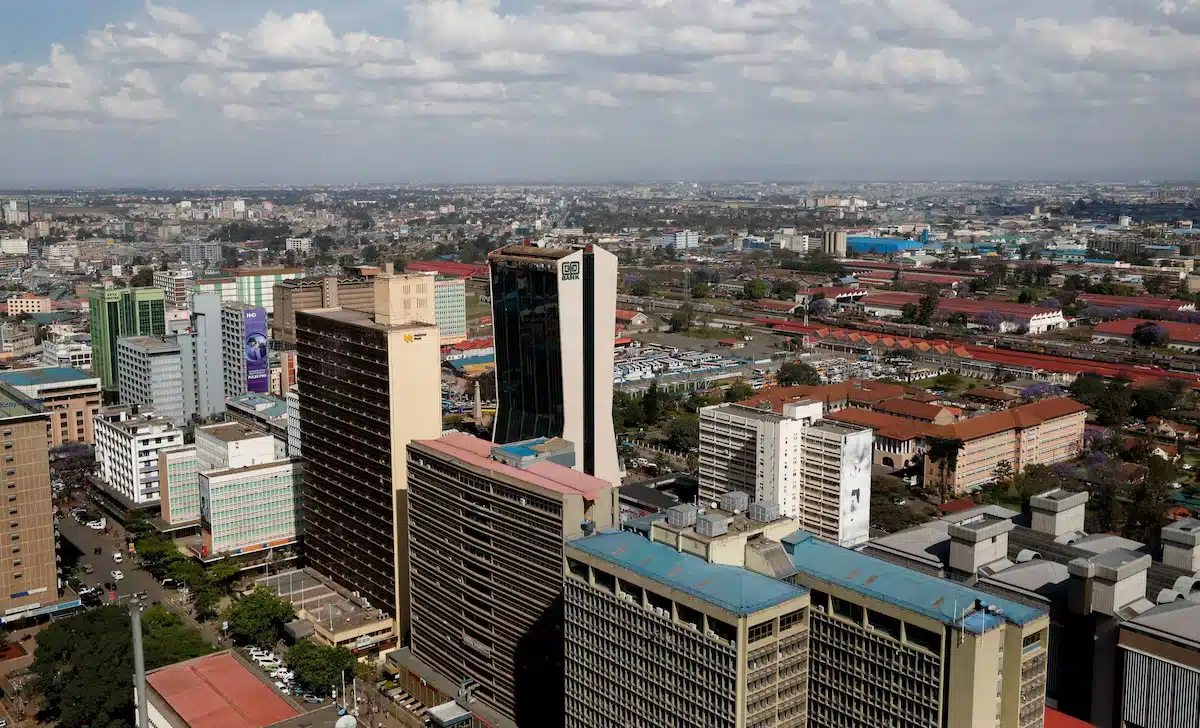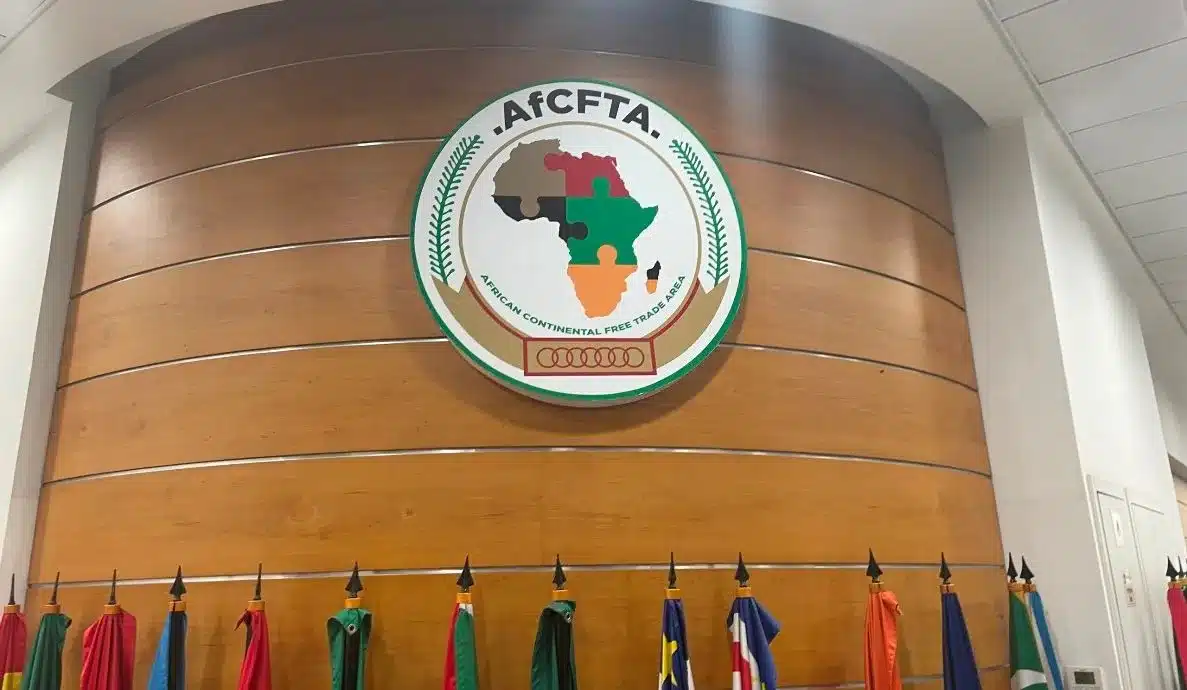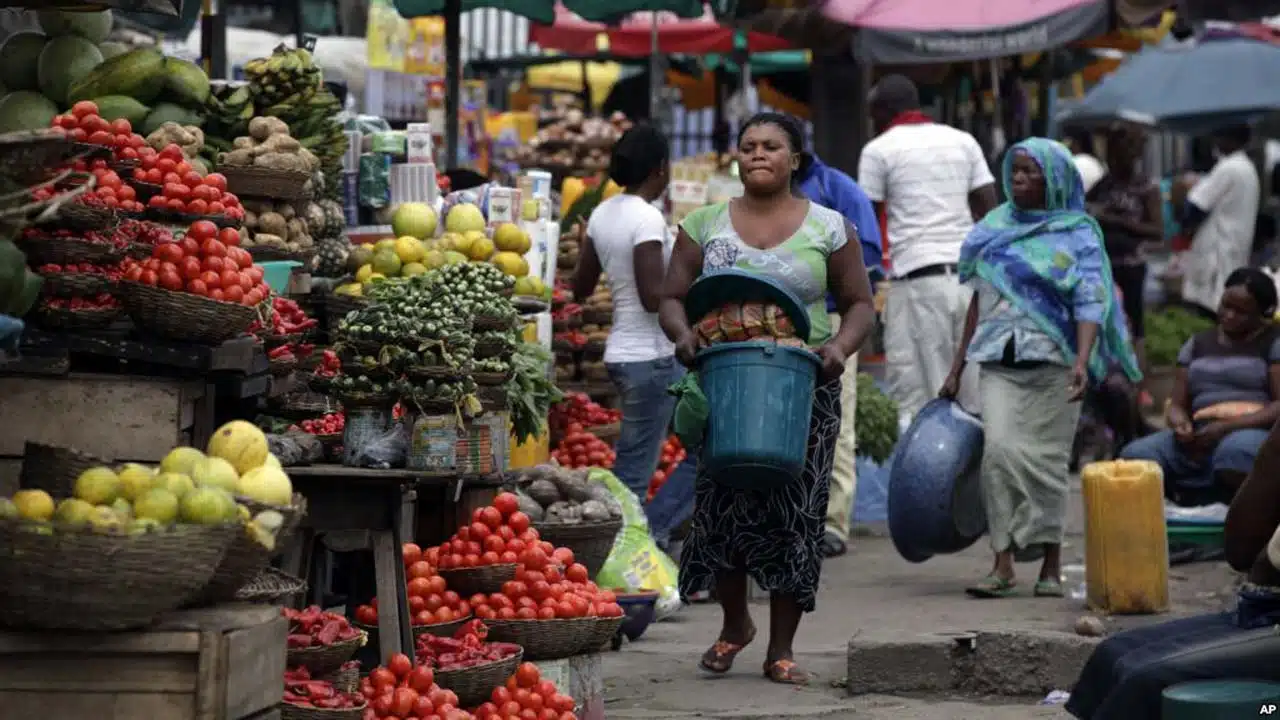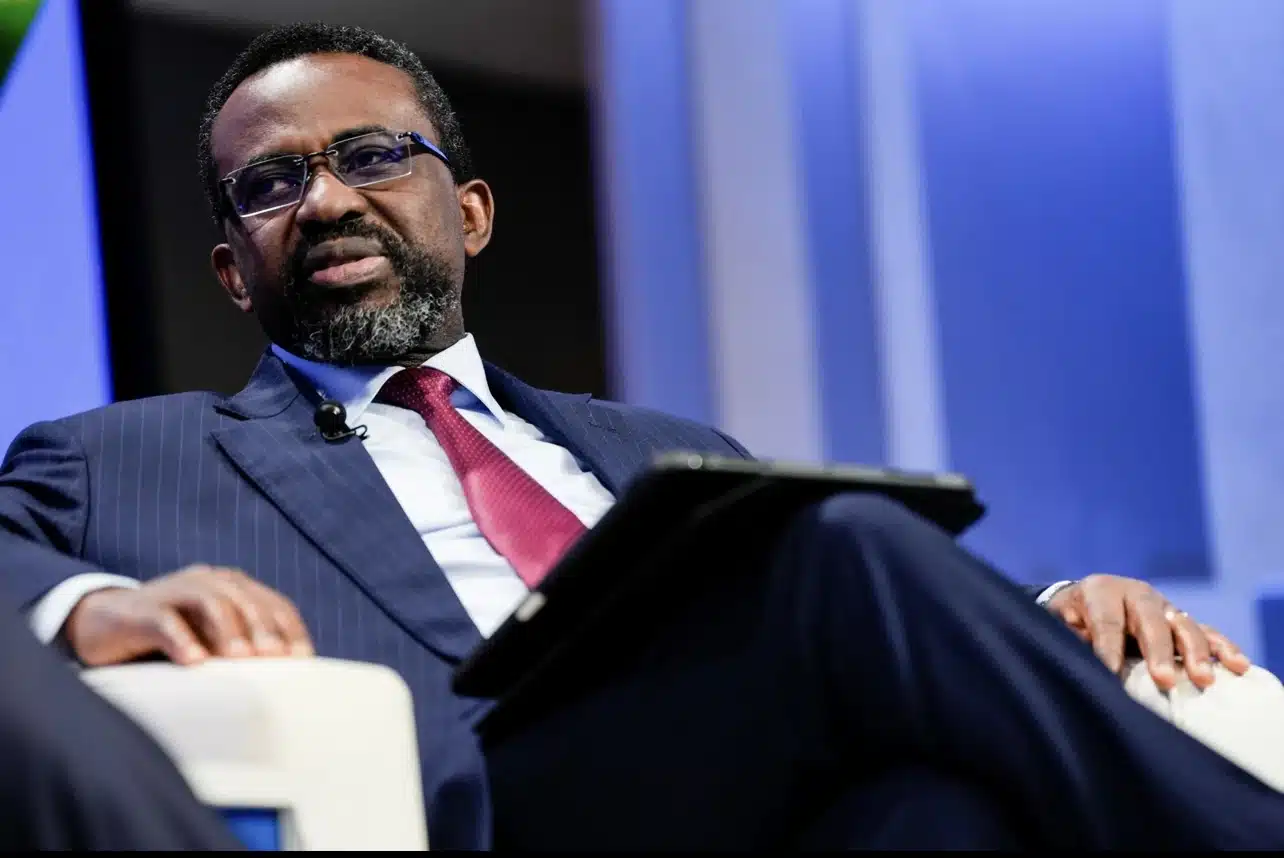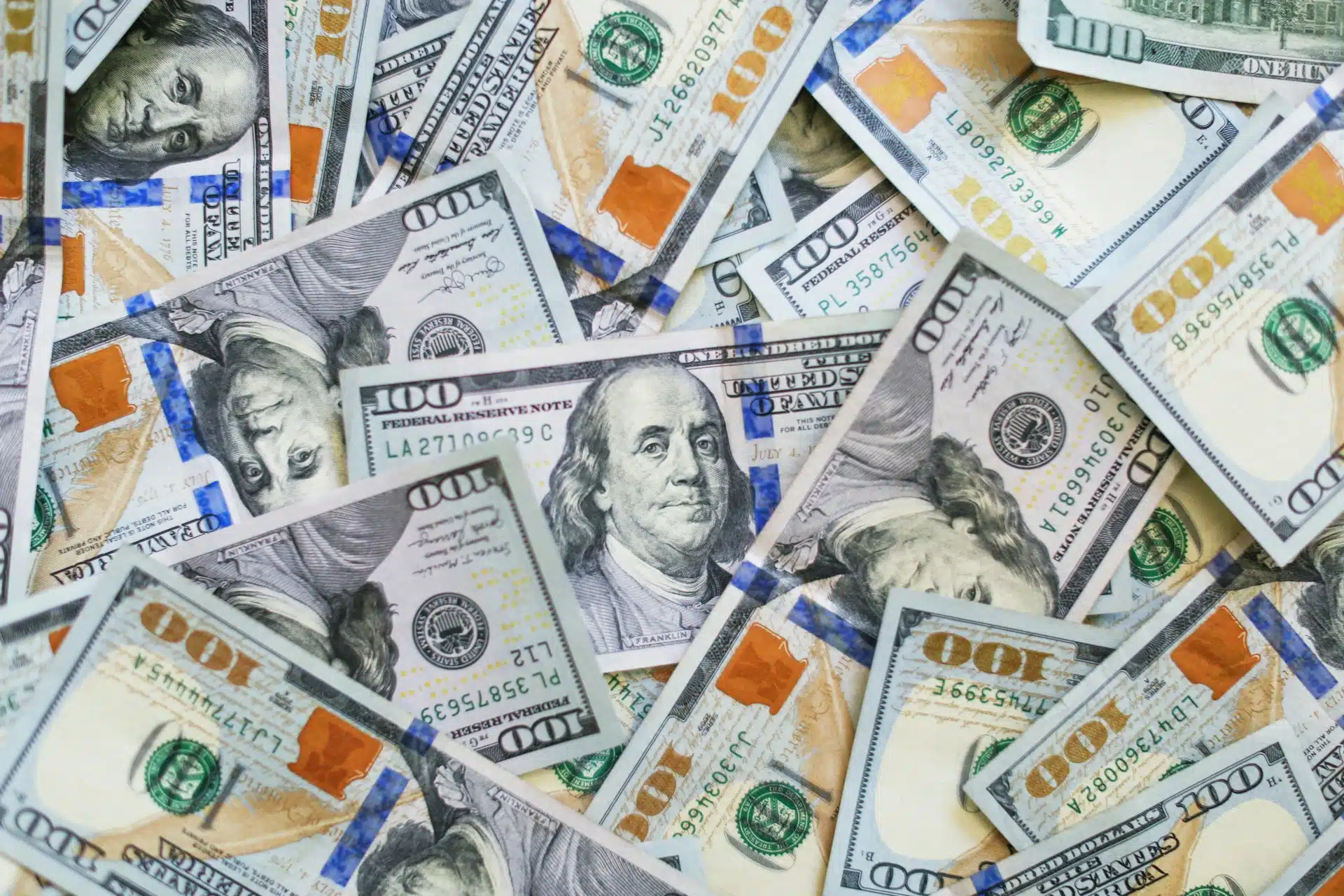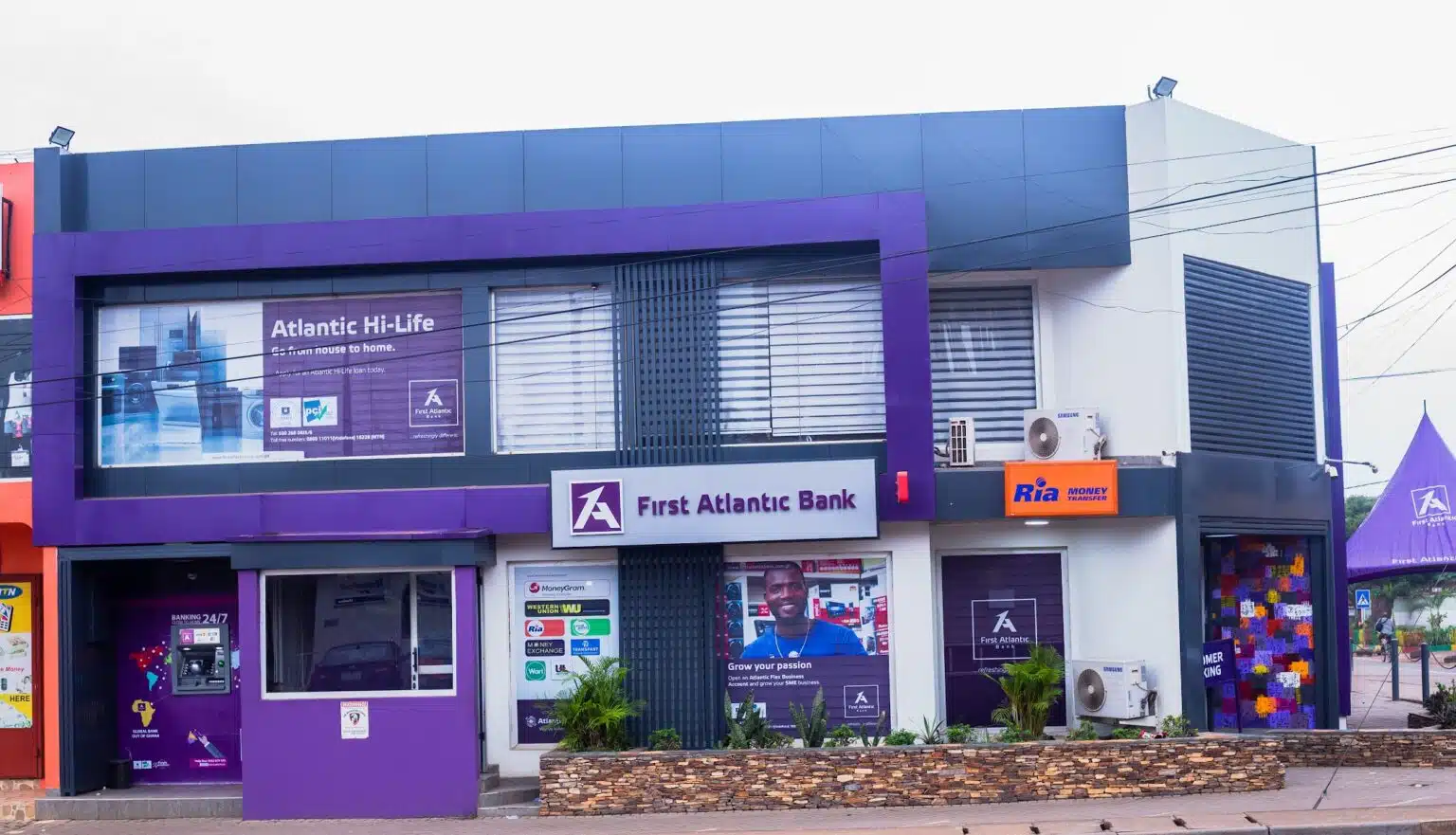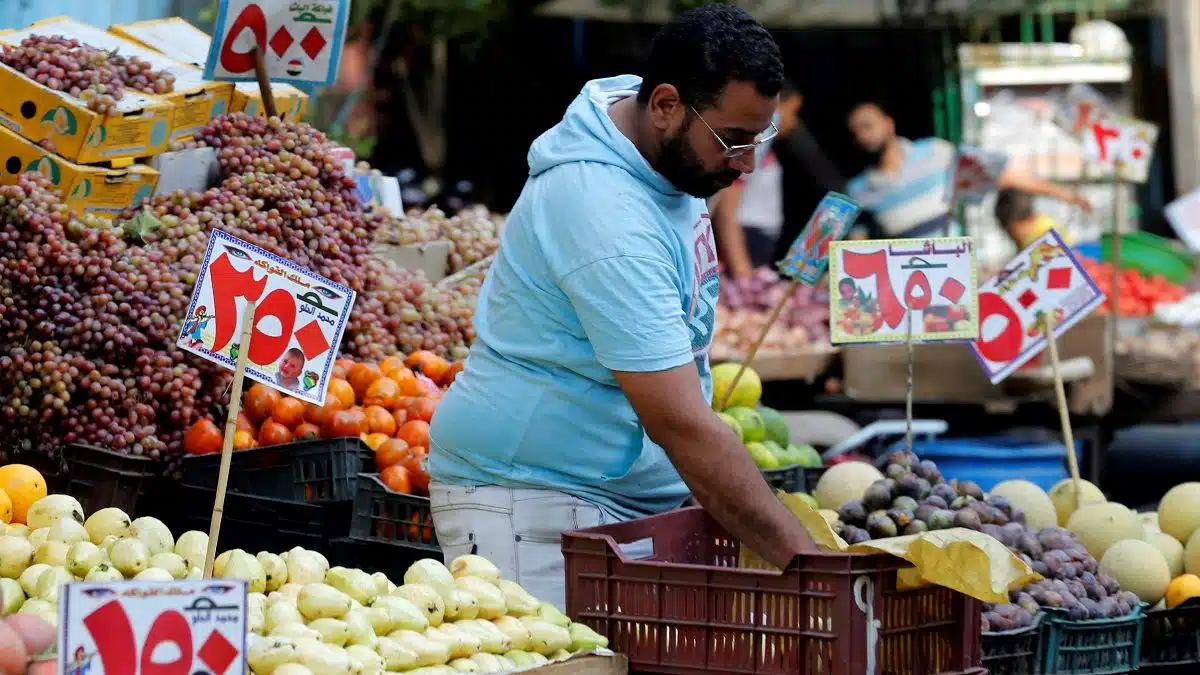As of October 17, 2025, Zimbabwe, Nigeria, Malawi, Ghana, and Egypt rank among Africa’s most restrictive monetary regimes, even after recent rate cuts or policy holds. Their continued stance reflects efforts by respective central banks to curb inflation, stabilise exchange rates, and anchor price expectations.
Beyond policy rates, several of these countries have also leaned on prudential tools such as high reserve requirements to absorb excess liquidity and strengthen monetary control. Nigeria, for instance, maintains the world’s highest Cash Reserve Ratio at 45%.
While tight monetary conditions have helped moderate inflation in some economies, they have also constrained credit expansion and slowed output in key productive sectors.
In contrast, countries such as Seychelles, Botswana, Morocco, Cabo Verde and Algeria maintain the most accommodative policy settings on the continent.
Countries with the highest policy rates
Zimbabwe
The Reserve Bank of Zimbabwe (RBZ) holds the highest benchmark rate in Africa at 35%, a position reaffirmed at its September meeting. The move is aimed at supporting the newly introduced ZiG currency and keeping inflationary pressures in check in a highly dollarised economy.
Annual inflation eased slightly to 93.7% in August, down from 92.5% in July, marking the first decline after three months of acceleration. In US dollar terms, prices were far lower at 14.2%, compared with 14.4% in the previous month.
Nigeria
Nigeria follows with a 27% rate, despite a 50-basis-point cut in September—the first in five years. The reduction signals a policy shift away from one of the most aggressive tightening cycles in the central bank’s history after five months of easing inflation.
The naira has since strengthened to an eight-month high of ₦1,476.8/$1 as of September 29, supported by improved reserves and better market liquidity. The Central Bank of Nigeria’s tight stance is reinforced by its exceptionally high reserve requirement for commercial banks.
Malawi
Malawi, Africa’s poorest economy, maintains a 26% rate, locked into a restrictive position by mounting debt and a severe currency crisis that has undermined investor confidence and fueled inflation. Public debt reached an estimated 88% of gross domestic product by end-2024, while inflation stood at 28.2% in August.
The kwacha’s instability has kept the central bank cautious, resulting in five consecutive rate holds this year.
Ghana
Ghana’s policy rate stands at 21.5%, placing it among Africa’s most restrictive despite a combined 625bps cut in its last two meetings.
The Bank of Ghana said the easing cycle reflects cooling inflation and a stronger external position, which has driven a 15% appreciation of the cedi against the dollar this year. Inflation returned to single digits in September, easing to a four-year low of 9.4% from 11.4% in August.
Egypt
Egypt’s overnight deposit rate sits at 21%. The Central Bank of Egypt has gradually shifted from stabilisation to growth mode, cutting rates four times this year.
The pound has firmed to a near one-year high of EGP 48.2/$1 as inflation slowed to 11.7% in September—the lowest since March 2022. Analysts expect further monetary loosening in the months ahead as price pressures cool.
Countries with the lowest policy rates
Seychelles
At 1.75%, the Central Bank of Seychelles maintains the continent’s lowest benchmark rate. The policy stance, conveyed in October, aims to stimulate credit growth as inflation remains subdued at 0.5%.
The bank also reduced the minimum reserve requirement on rupee deposits from 13% to 10% to enhance monetary transmission during the fourth quarter of the year.
Botswana
The Southern African nation of Botswana follows closely with a rate of 1.9%. The central bank has maintained this level to support domestic growth as inflation remains persistently low — rising only slightly to 1.4% in August, still well below its 3 to 6% target band.
Analysts say the downward trend continues to disincentivise businesses and weaken production levels.
Morocco
Bank Al-Maghrib, Morocco’s central bank, left its key interest rate unchanged at 2.25% at its third quarterly meeting in September, citing stable inflation and anchored expectations.
Price averaged 1.1% over the first eight months of 2025 and was projected to remain low at 1% for the full year. The low-rate environment is supported by strong economic growth particularly in non-agricultural sectors despite external pressures from geopolitical tensions and global trade uncertainties.
Cabo Verde
Banco de Cabo Verde holds its rate at 2.5%, closely aligned with the European Central Bank’s stance to safeguard its euro peg, according to data compiled by Trading Economics. ECB kept its policy unchanged at 2% in September, with analysts predicting a similar move this month.
A post-pandemic rebound in the tourism sector and export growth have supported accommodative conditions, with inflation remaining contained.
Algeria
The Bank of Algeria occupies the fifth lowest tier after cutting its key policy rate by 25 basis points to 2.75% in August to boost credit and strengthen non-hydrocarbon sectors, which expanded by 5.7% in the first quarter.
Policy in Algeria remains heavily influenced by the oil sector, which historically accounts for the majority of export and state revenue. Inflation remains unusually low, falling to -1.43% in August. from -0.26% in July according to data from the Office National de Statistiques.
Diverging paths
The continent’s monetary landscape reflects sharp contrasts shaped by inflation, currency stability, and structural conditions. While high-inflation economies have remained hawkish to restore stability, others with anchored prices have turned to easing to support growth.
Market analysts say central banks will need to balance these priorities carefully as global interest rates decline and domestic pressures evolve.

